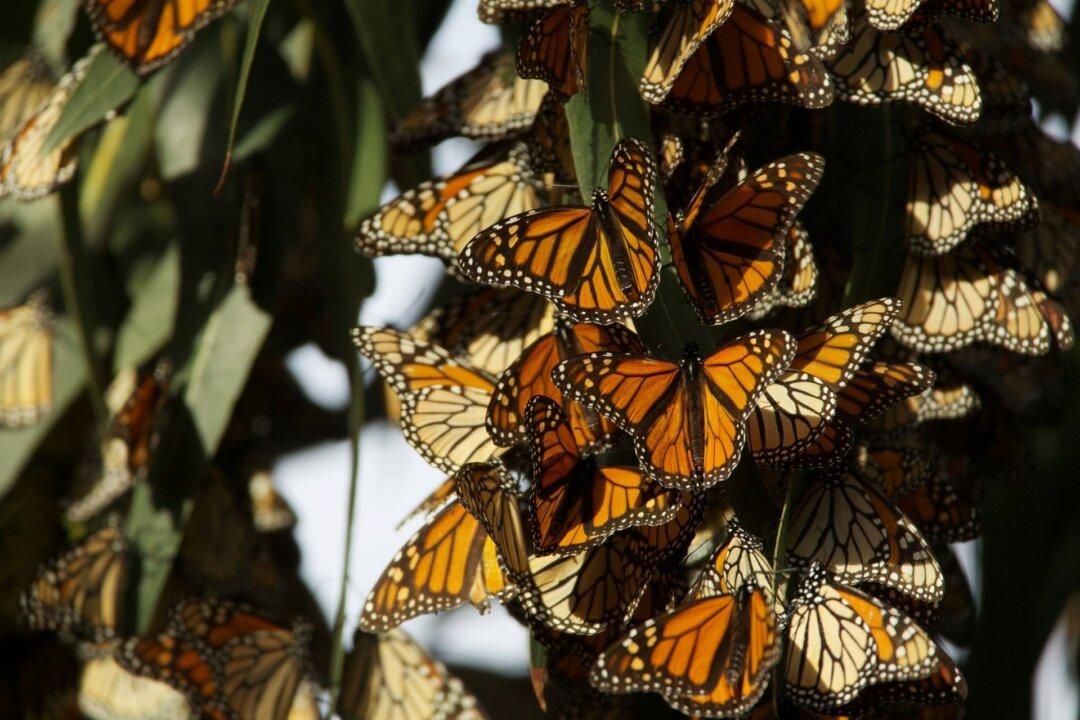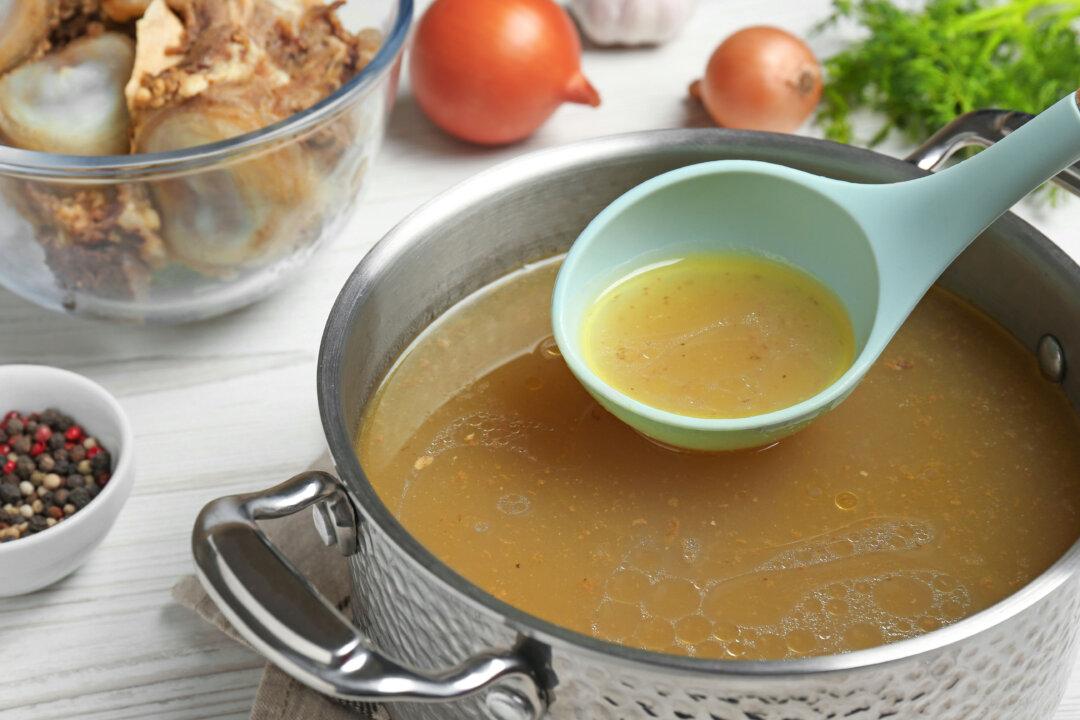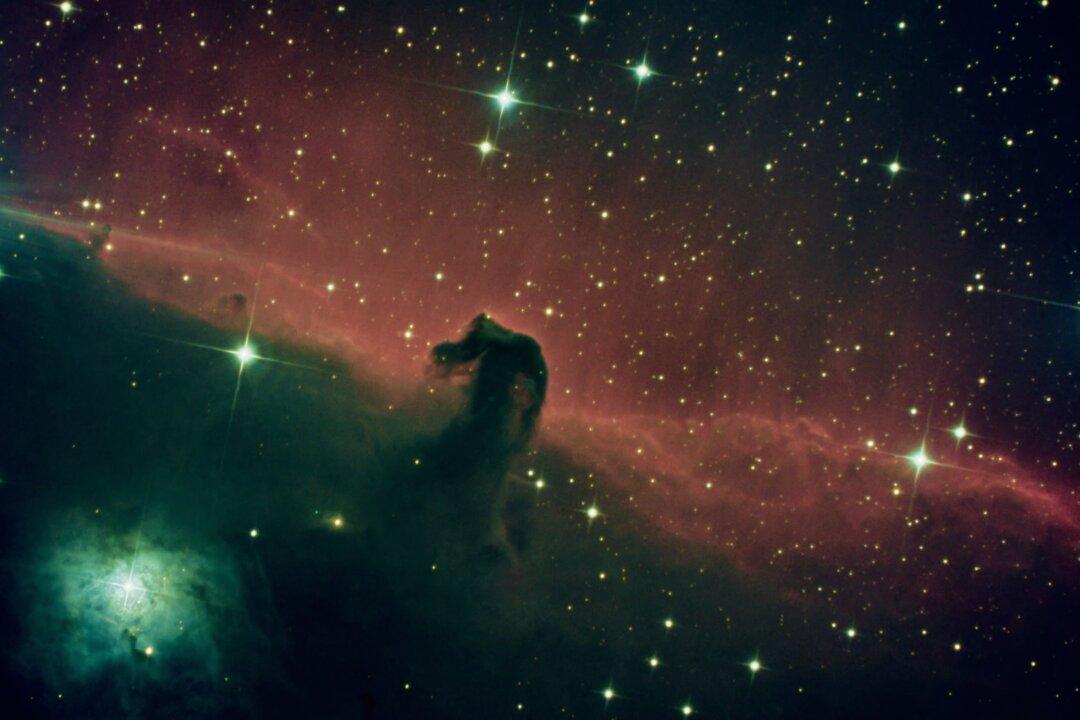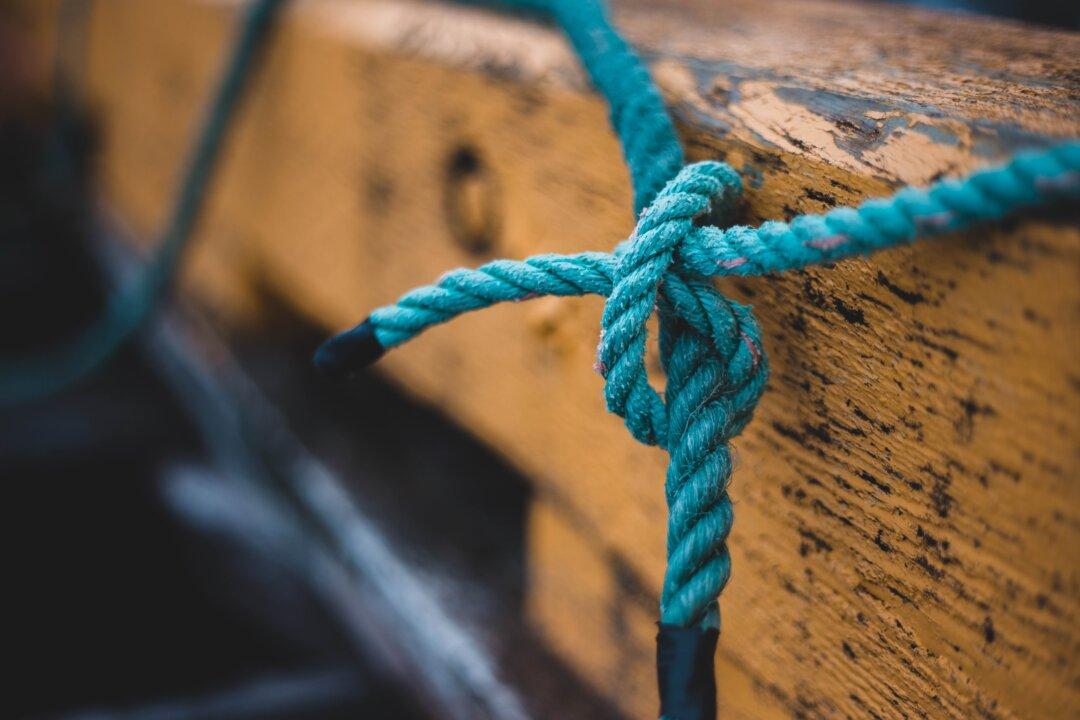Monarch butterflies have a friend in Jeff and Roxanne Stelle of Springfield, Illinois, who have set up “butterfly gardens” throughout their back and front yards that will help the insects survive.
A chief nursing officer at an Illinois hospital, Roxanne Stelle began last summer working in the garden when she returned home from long hours at work during the COVID-19 pandemic.
“I just started learning about the decline in butterflies, and I think I just started kind of shifting my focus that way,” Roxanne Stelle told Radiant Life. “Something in my heartstrings tugged … (butterflies) have had an 80 percent decline.”Having contrasting colors of black and orange, monarch butterflies need “a warm climate and food plants (milkweeds for larvae, nectar from general flowers for adults)” to survive, the Smithsonian said.





